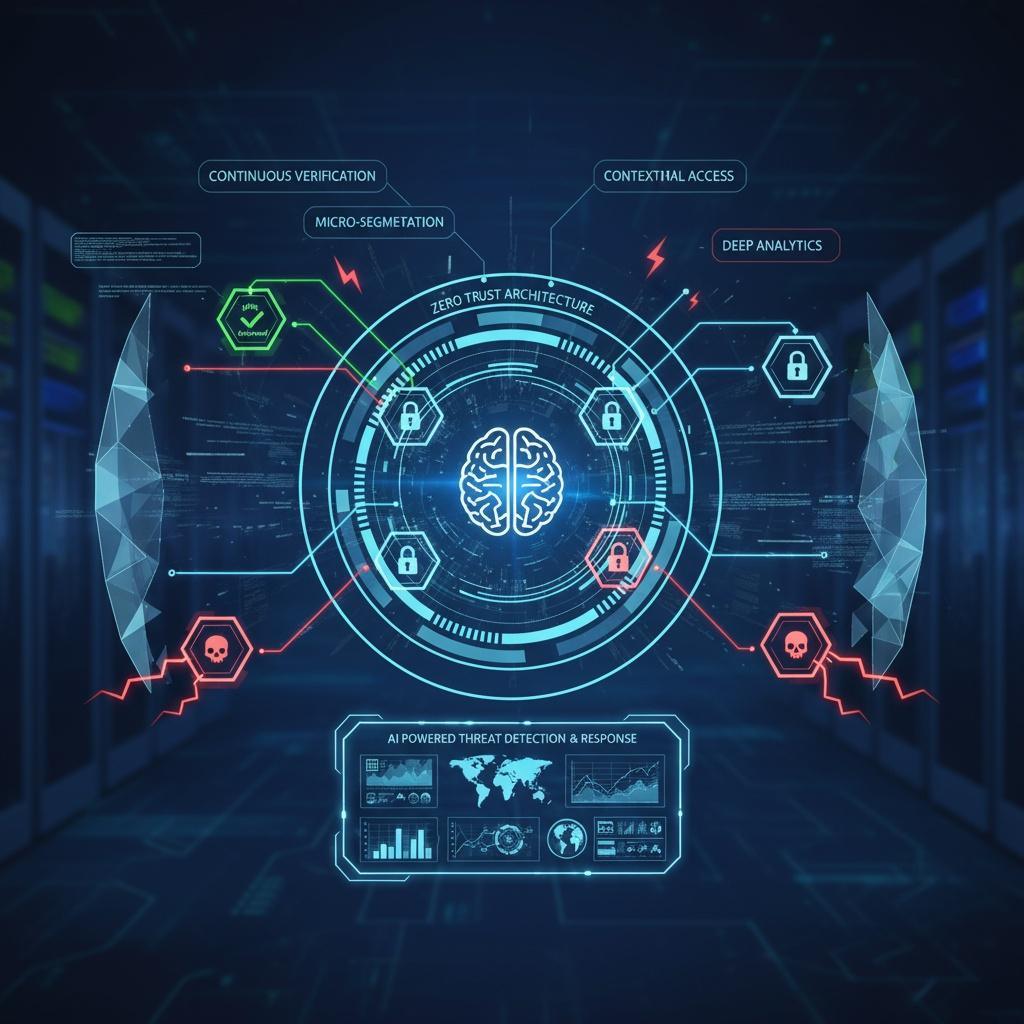In today’s rapidly evolving digital landscape, the cybersecurity frontier is witnessing a transformative shift fueled by artificial intelligence (AI). AI-powered cyberattacks are becoming increasingly sophisticated, leveraging machine learning and automation to outpace traditional defense mechanisms. These attacks not only amplify the scale and speed of threats but also craft highly personalized and convincing exploits that bypass conventional security controls.
Phishing campaigns, once littered with obvious red flags, are now crafted with near-flawless articulation using generative AI, deceiving even the most vigilant users. Advanced malware adapts dynamically, morphing its code in real-time to evade detection by standard antivirus systems. Deepfake technology enables cybercriminals to mimic voices or faces, adding a potent layer of social engineering that significantly increases the success rate of fraud.
The impact of AI-driven cyberattacks is evident in rising ransomware incidents, where approximately 80% now incorporate AI elements to optimize their reach and effectiveness. AI’s ability to automate reconnaissance allows attackers to identify network vulnerabilities en masse, targeting high-value assets with precision and efficiency. Concurrently, AI is exploited to manipulate other AI systems, creating adversarial attacks that deceive or corrupt machine learning models used in security defenses.
In response to these escalating threats, cybersecurity strategies are undergoing a seismic shift toward Zero Trust architecture. Zero Trust is not merely a product but a comprehensive security philosophy that enforces the principle of ‘never trust, always verify.’ It assumes every user, device, or connection inside or outside an organization’s network could be compromised, necessitating stringent identity verification and least-privilege access controls.
The rise of remote work, cloud adoption, and mobile device usage has dismantled traditional perimeter defenses, making Zero Trust increasingly essential. By 2025, it is projected that 60% of organizations will have embedded Zero Trust as the foundation of their cybersecurity frameworks. This adoption trend is accelerated by regulatory demands and recognition of Zero Trust’s role in reducing risk through continuous monitoring and real-time threat detection.
Key features of Zero Trust include strict access segmentation, continuous validation of user behavior, and comprehensive auditing, which when combined, limit an attacker’s lateral movement within networks and contain breaches more effectively. Moreover, integration of AI into Zero Trust enhances its capabilities by enabling automated threat detection and adaptive response mechanisms that evolve alongside emerging cyber threats.
Despite the growing momentum, implementing Zero Trust is complex and requires cultural, technological, and operational transformation. Organizations must invest in layered defenses that blend AI-driven analytics with human expertise to maintain resilience against AI-powered cyber threats. The future of cybersecurity will likely see a convergence of AI-enhanced offensive tactics and equally sophisticated defense systems grounded in the Zero Trust model.
Ultimately, as AI continues to transform cybercrime, organizations must embrace innovative and proactive security frameworks. Zero Trust, augmented by intelligent automation and continuous risk management, stands out as a critical strategy to mitigate risks, protect sensitive data, and maintain trust in an increasingly digital and hostile cyber environment.






